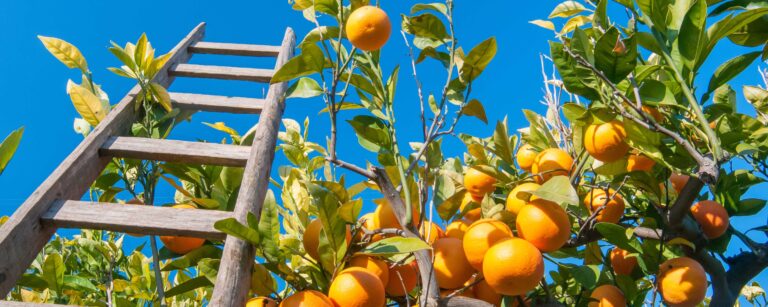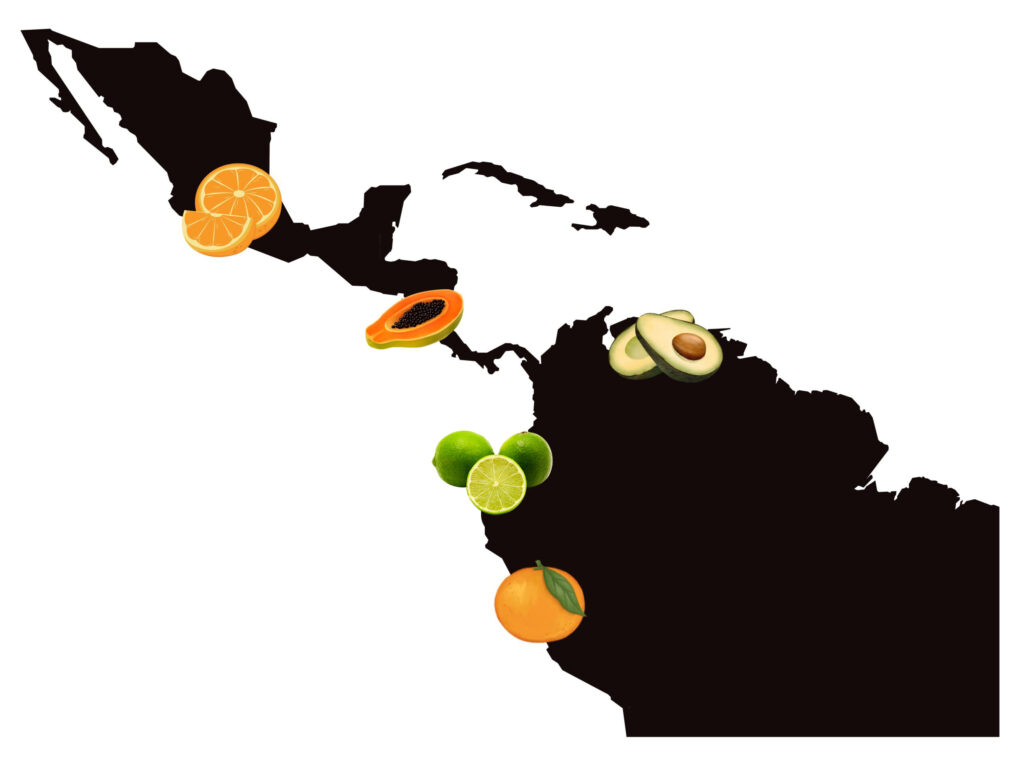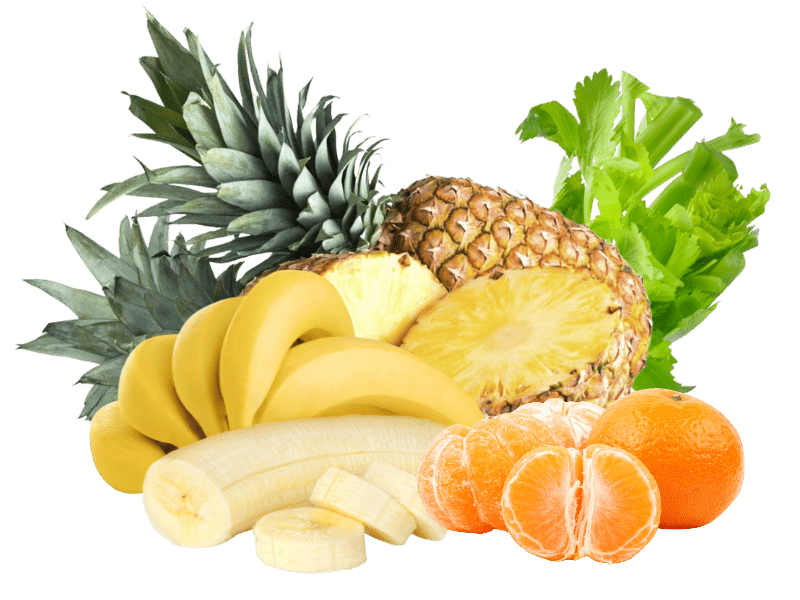Agriculture has always been a vital part of the American economy, providing sustenance and livelihoods for countless generations. However, with the ever-evolving demands of modern society and the need for sustainable practices, the time has come to revolutionize the way we approach farming. Crop diversification, a practice that holds tremendous potential for creating new opportunities in American fields. Let us explore how this approach can pave the way for a prosperous future in agriculture.
The Benefits of Crop Diversification
By embracing crop diversification, farmers can unlock a lot of benefits. First, it raises soil health by reducing the risk of soil erosion and depletion. Different crops have different root structures, which promote soil stability and reduce the reliance on chemical fertilizers. Additionally, it minimizes the threat of pests and diseases, as diverse crops minimize vulnerability compared to monoculture farms. Crop rotation also improves biodiversity and promotes the conservation of natural resources, such as water and nutrients, creating a sustainable ecosystem.
Expanding Market Opportunities
As the consumer demand for organic and locally sourced produce continues to rise, farmers who adopt crop diversification can tap into expanding market opportunities. By diversifying their crop offerings, farmers can provide to a broader range of consumer preferences and dietary needs. For instance, the production of specialty crops, such as heirloom tomatoes or exotic fruits, can capture the attention of health-conscious consumers seeking unique and nutritious alternatives. Additionally, diversification allows farmers to take advantage of different growing seasons and regional variances, ensuring a year-round supply of produce.
Strengthening Resilience to Climate Change
Climate change poses significant challenges to agriculture, including increased temperatures, changing precipitation patterns, and extreme weather events. Crop diversification acts as a hedge against these uncertainties, as different crops respond differently to varying climatic conditions. By investing in a diverse range of crops, farmers can mitigate the risks associated with unpredictable weather. For example, in periods of drought, drought-resistant crops can help maintain productivity while other sensitive crops may struggle. This adaptability contributes to the long-term resilience of the farming industry.
Promoting Economic Stability
Traditional farming dependent on a single crop often leads to vulnerability to market fluctuations, exposing farmers to economic risks. Crop diversification offers a solution by creating a diversified portfolio, much like an investment strategy. By spreading the risk across different crops, farmers can better protect themselves from unfavorable market conditions. Furthermore, a diverse crop rotation can help reduce input costs, as different crops have different nutrient requirements, reducing the dependence on expensive fertilizers and pesticides. Overall, crop diversification can contribute to a more stable and sustainable income for farmers.
Revolutionizing agriculture through crop diversification holds immense promise for the American farming industry. By enhancing soil health, expanding market opportunities, strengthening resilience to climate change, and promoting economic stability, this approach can create new horizons for success. If you are inspired to explore the potential of crop diversification, MARABELLA invite you to contact us for further information. Together, let us cultivate a sustainable future for American agriculture.







